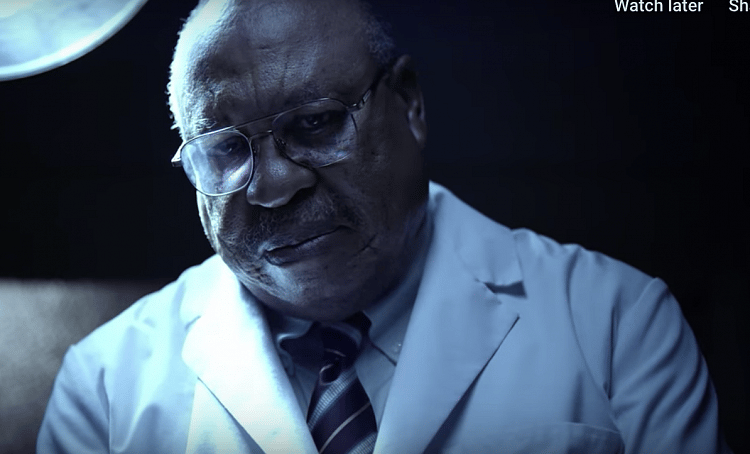‘Gosnell’ Shows Us The Worse Angels of Our Nature

Medical Examiner: During a legal abortion a doctor would definitely have to empty the skulls to get 'em through the birth canal.
Assistant District Attorney: So if we could prove the skulls weren't emptied?
Medical Examiner: That would mean they were probably delivered alive.
Assistant District Attorney: How do we know if the skulls were emptied?
Medical Examiner [holding a scalpel]: We look.
— Gosnell: The Trial of America's Biggest Serial Killer

